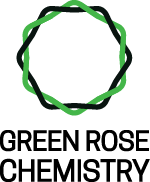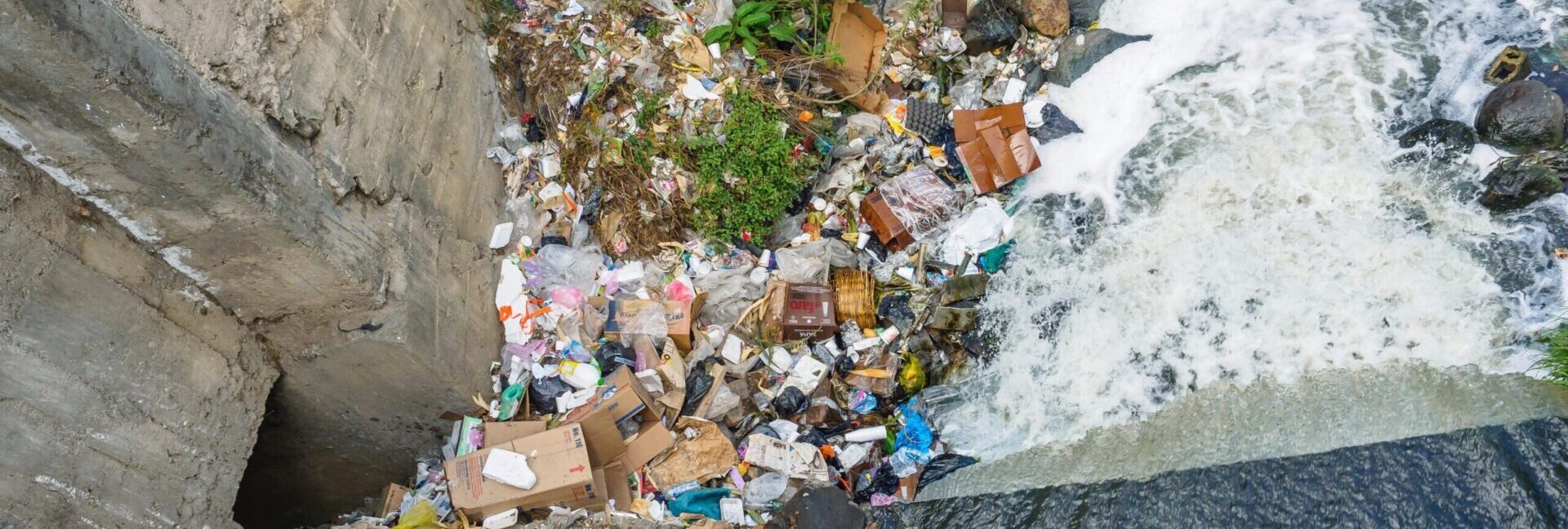It’s once again a bad news week for PVC (polyvinyl chloride, or vinyl). In the US, a freight train carrying materials for PVC manufacturing derailed in what can only be described as a “fiery wreck”, releasing five tankers’ worth of highly toxic, flammable, and carcinogenic vinyl chloride gas. Close to 2,000 residents from the nearby Ohio town were evacuated, and the emergency management officials handled the incident in the only way possible: quickly venting the rest of the gas into the environment.
Shortly afterwards, US Customs and Border Protection added PVC products to the list of imported goods to be scrutinised for forced labour in the supply chain. Importers must prove that the goods have not been manufactured in China’s Xinjiang Uyghur Autonomous Region (XUAR), where a government program of forced labour has made PVC (and other products) very cheap.
All of this once again brings to the forefront the issues with PVC, from hazards to social justice. We’re giving a brief overview of the problems from a green chemistry perspective, and identifying some options for companies who want to move away from PVC.
What is PVC?
PVC, also known as polyvinyl chloride or vinyl, is a type of plastic with many different uses. It is highly durable, cheap, and can be made flexible or rigid as needed. Therefore it shows up in lots of household uses, like flooring, shower curtains, hosepipes, and children’s toys. Around 40 million tonnes of PVC are produced each year.





